French Recipes, Podcast Episodes and France Travel Tips!
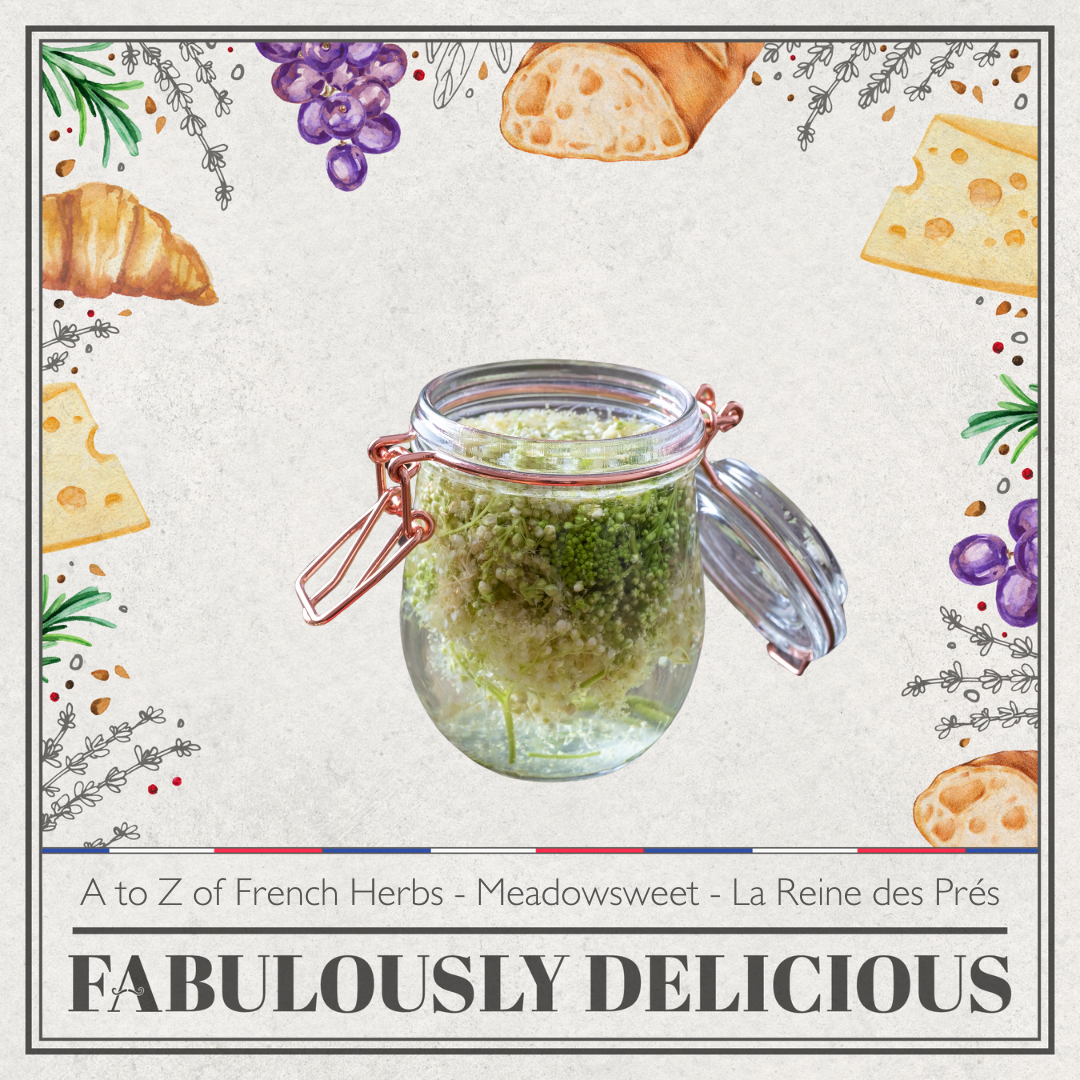
A to Z of French Herbs - Meadowsweet - La Reine des Prés
Meadowsweet, or La Reine-des-prés in French, holds a cherished place in the heart of French culinary tradition, weaving its fragrant presence through the annals of gastronomy. Originating in the 16th century, Meadowsweet was revered not only for its delicate white flowers but also for its ability to sweeten mead, earning it the esteemed title of "meadsweet." Today, this botanical gem continues to enchant chefs and home cooks alike, adding a subtle almond flavor to a myriad of French dishes, from savory stews to delectable desserts.
Beyond its culinary allure, Meadowsweet's influence extends into folklore, literature, and even modern pharmacology. In Welsh mythology, it played a role in the creation of women, symbolizing purity and beauty. Throughout history, Meadowsweet has been celebrated for its medicinal properties, cited as a remedy for ailments ranging from dysentery to pain relief, culminating in its pivotal role in the creation of aspirin by scientists at Bayer in 1899.

A to Z of French Herbs - Thyme - Thym
The Timeless Elegance of Thyme: From Ancient Rituals to Culinary Delight
Thyme, known as "Thymus vulgaris" in botanical terms, has a rich history deeply rooted in ancient civilizations. The etymology of its name traces back to the Greek word "Thymos," meaning to fumigate, reflecting its use as incense in Ancient Greek temples.
The herb comes in various varieties, each with distinct flavors and aromas, such as lemon thyme, orange thyme, and wild thyme. Commonly used in culinary creations, Thyme belongs to the mint family and shares familial ties with Oregano.
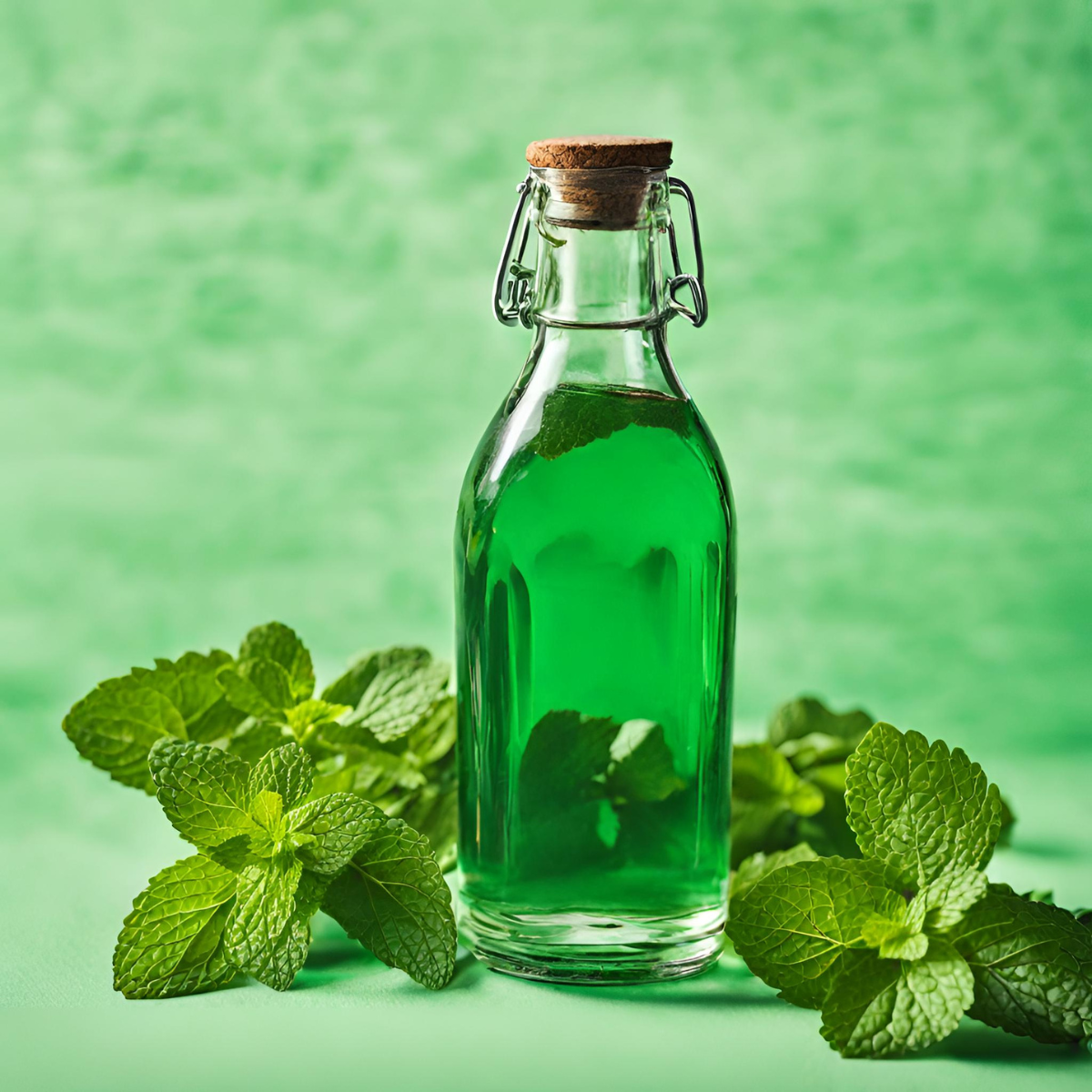
Mint Syrup
When in France you will often see people drinking syrups or cordials as they love them. More and more people here though are making their own so that they can control the sugar level and of course other nonnatural ingredients.
So here is my recipe for mint syrup.
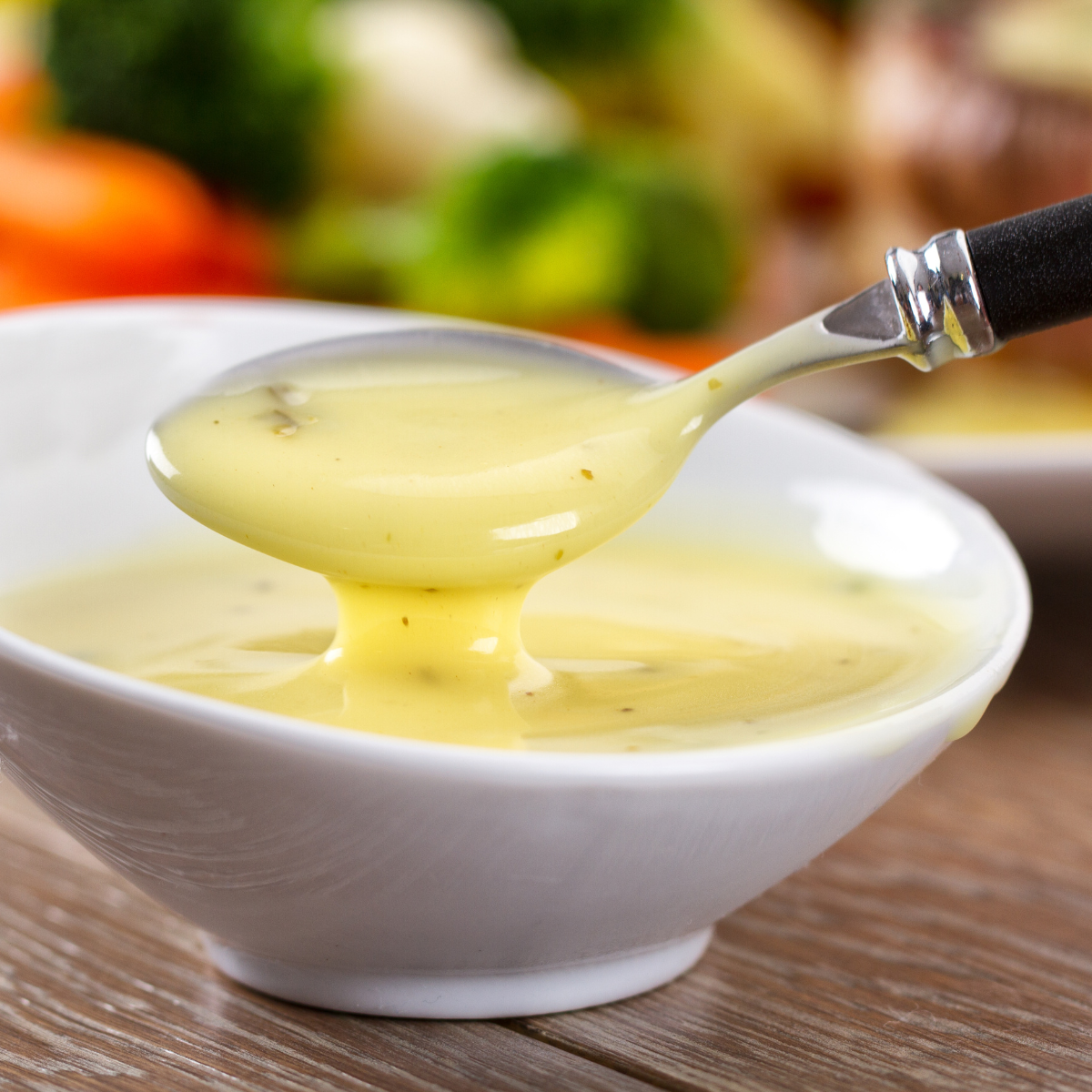
Sauce Palois
One of my favorite things about French cuisine is its sauces and there is a little-known sauce called a Sauce Palois which comes from the mother sauce Bearnaise but instead of using tarragon, you use mint.
Here is my recipe for a sauce Palois which you can serve on a lovely piece of poached fish perhaps or over some lamb cutlets.
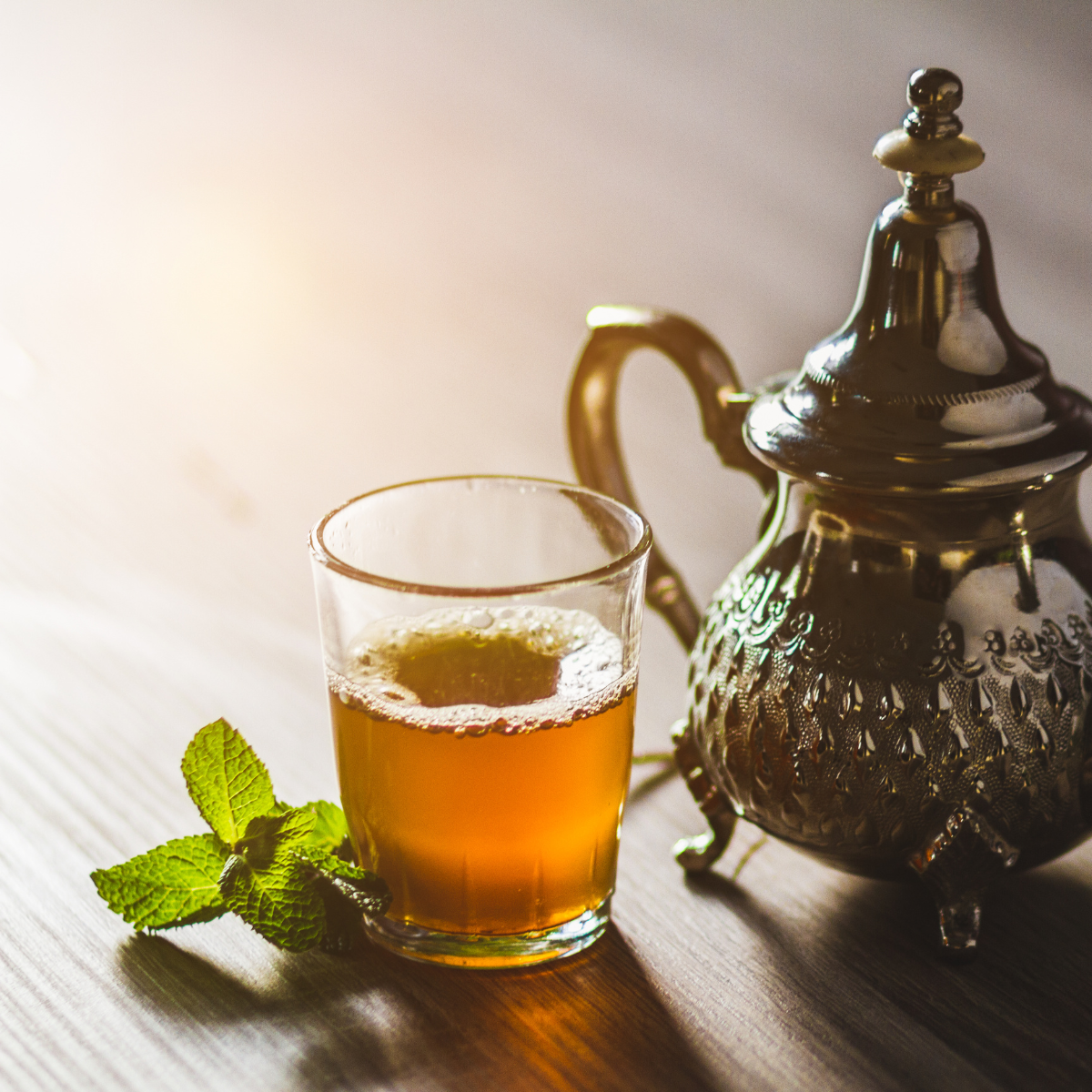
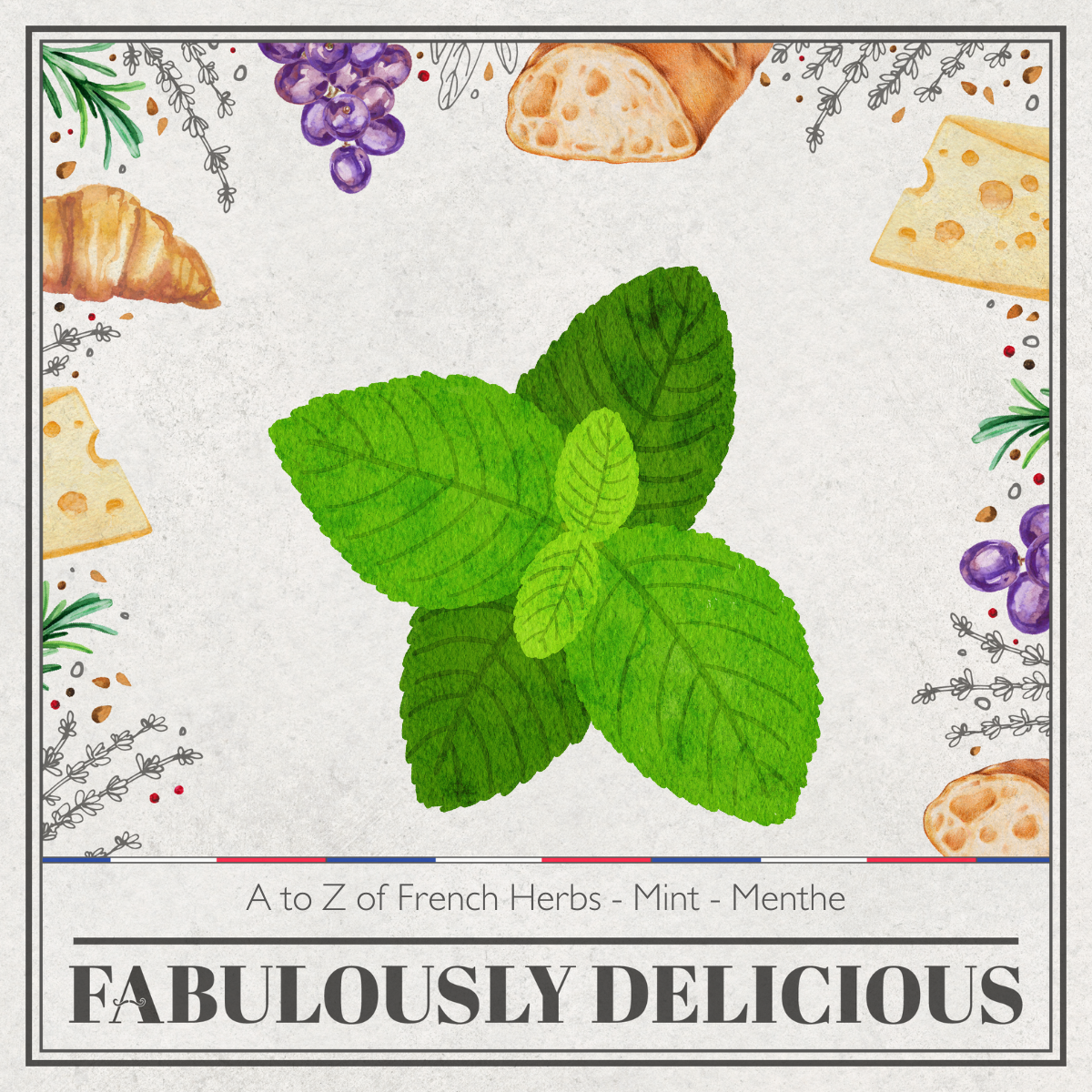
A to Z of French Herbs - Mint - Menthe
Mint is pronounced in French, as Menthe. Mint is also known as Mentha which comes from the Greek Mintha (Mi-Ta)
It is part of so many herbs we’ve come across in this series, the Lamiaceae or mint family. Which includes herbs like basil, rosemary, sage, oregano and catnip.
Some plants that have fragrant leaves and are called mint are not in the mint family like Vietnamese mint and also Mexican mint the latter actually being a part of the sunflower family.
Mint is found in Europe, Africa, Asia, Australia, Oceania, and North and South America.
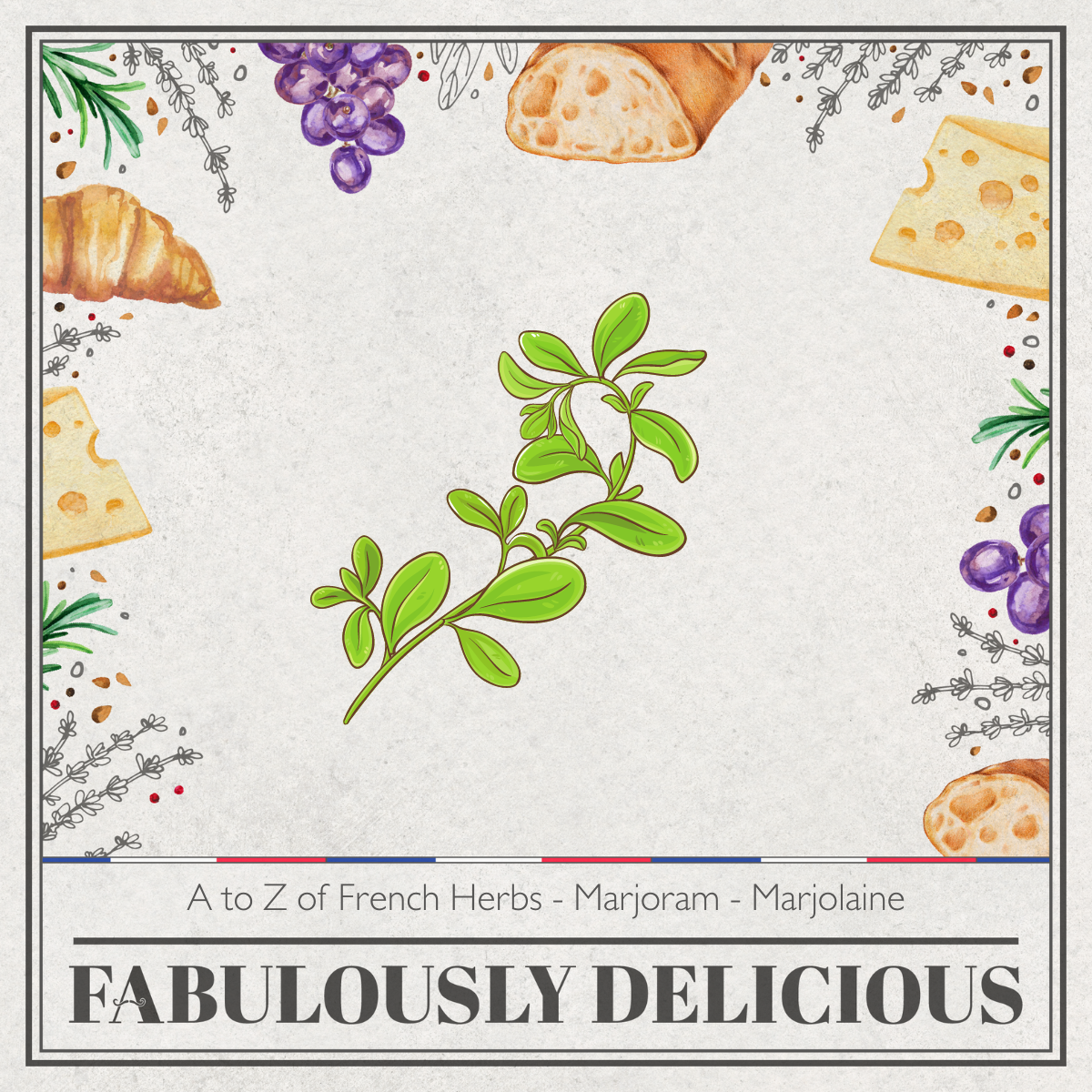
A to Z of French Herbs - Marjoram - Marjolaine
Marjoram in French is pronounced Marjolaine. Marjoram’s botanical name is Origanum Majorana. The name marjoram comes from the old French Marjorane which came from the Latin Majorana.
Often called garden oregano, marjolaine des Jardins, marjolaine officinale or marjolaine a coquilles.
It’s a cold-sensitive perennial herb that has pine and citrus flavors that make it very popular with chefs. It spreads prolifically so is usually grown in pots to prevent it from taking over the garden and is part of the Lamiaceae family.
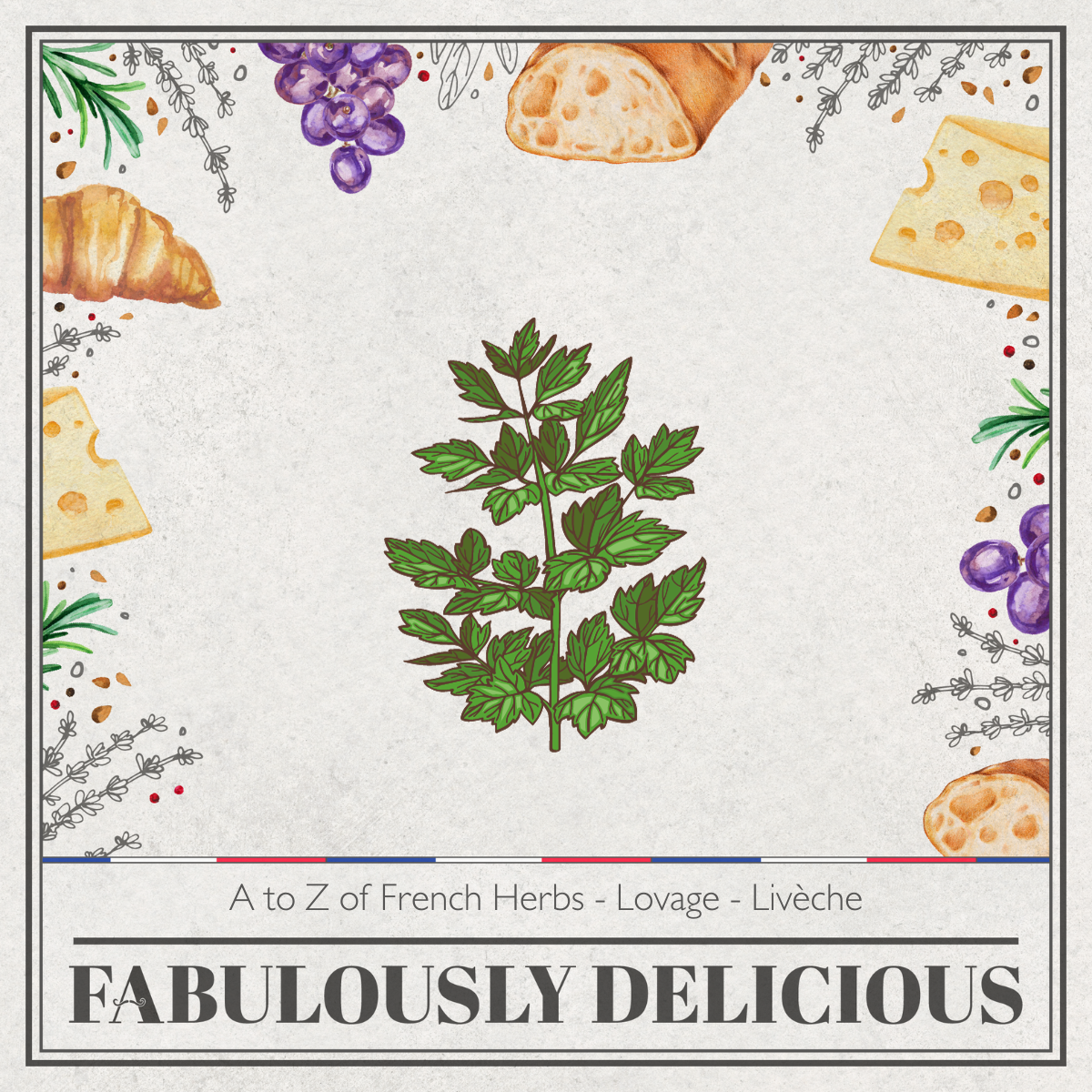
A to Z of French Herbs - Lovage - Livèche
Lovage or Livèche as it is pronounced in French is a perennial plant that is part of the apiaceae or parsley family which includes parsley, dill and carrot.
Lovage has been cultivated in Europe for centuries with its leaves as a herb, roots as a vegetable and seeds as a spice.
The flavour of Lovage is similar to that of celery and parsley but more intense and some would say spicier.
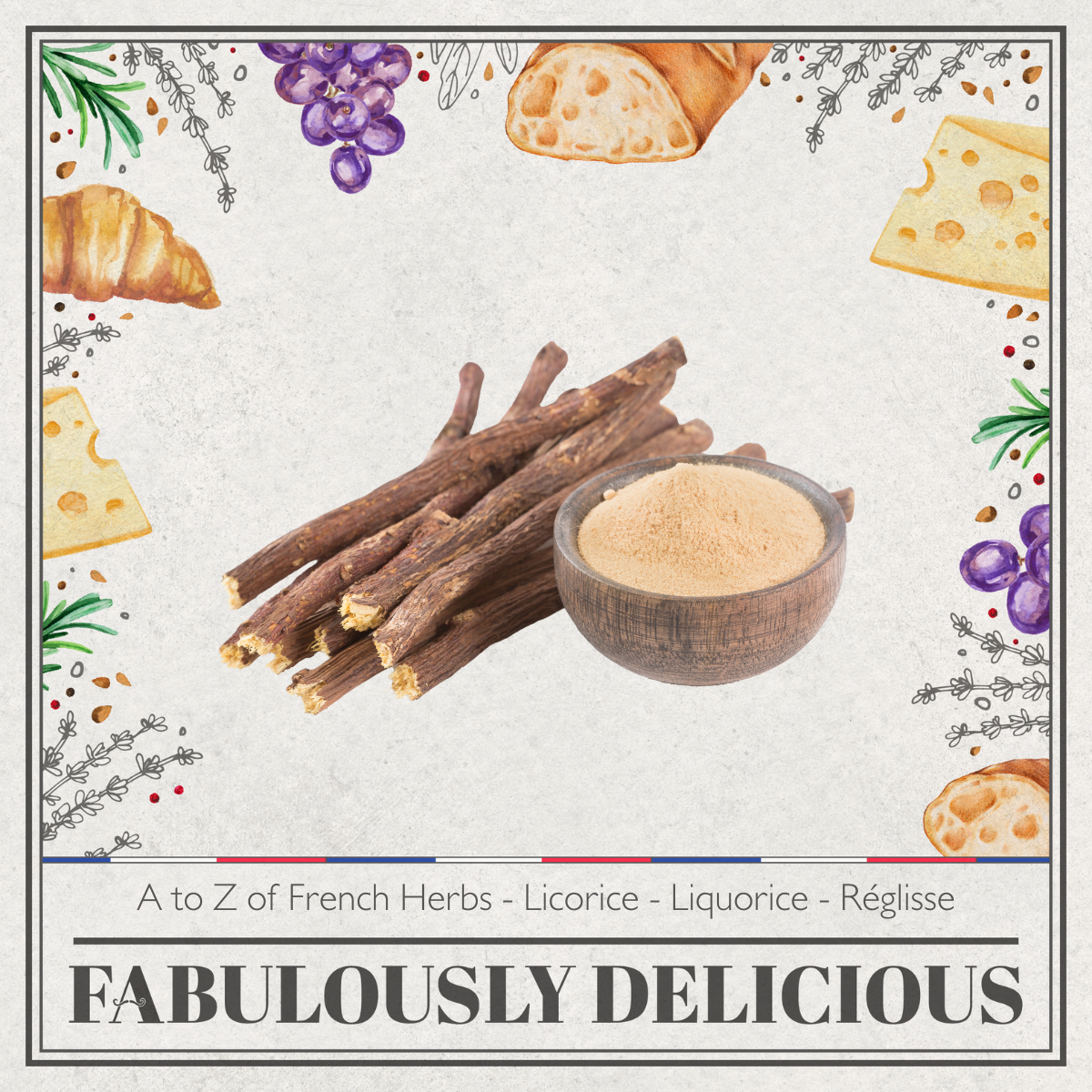
A to Z of French Herbs - Licorice - Liquorice - Réglisse
Liqourice as it’s known in UK English but in the US its Licorice but in France, it is known as Réglisse.
The word Licquorice both the English and US versions is derived via the Anglo-French Lycorys which comes from the Latin word Liquiritia which itself came from the Greek word for sweet root.
Licorice is the common name of Glycyrrhiza glavra, This botanical name also comes from the Greek word glabra.
It’s a flowering plant from the Fabaceae family or bean family. It’s the root of the plant that is harvested for its sweet and aromatic flavor. It’s a herbaceous perennial plant that grows to about 1 meter or 40 inches in height and its leaves are about 7-15cm in length or around 3-6 inches long. Licorice has long purple to pale blue flowers and the plant has a long pod that forms a fruit that contains seeds. But it is the root that is most sought after.
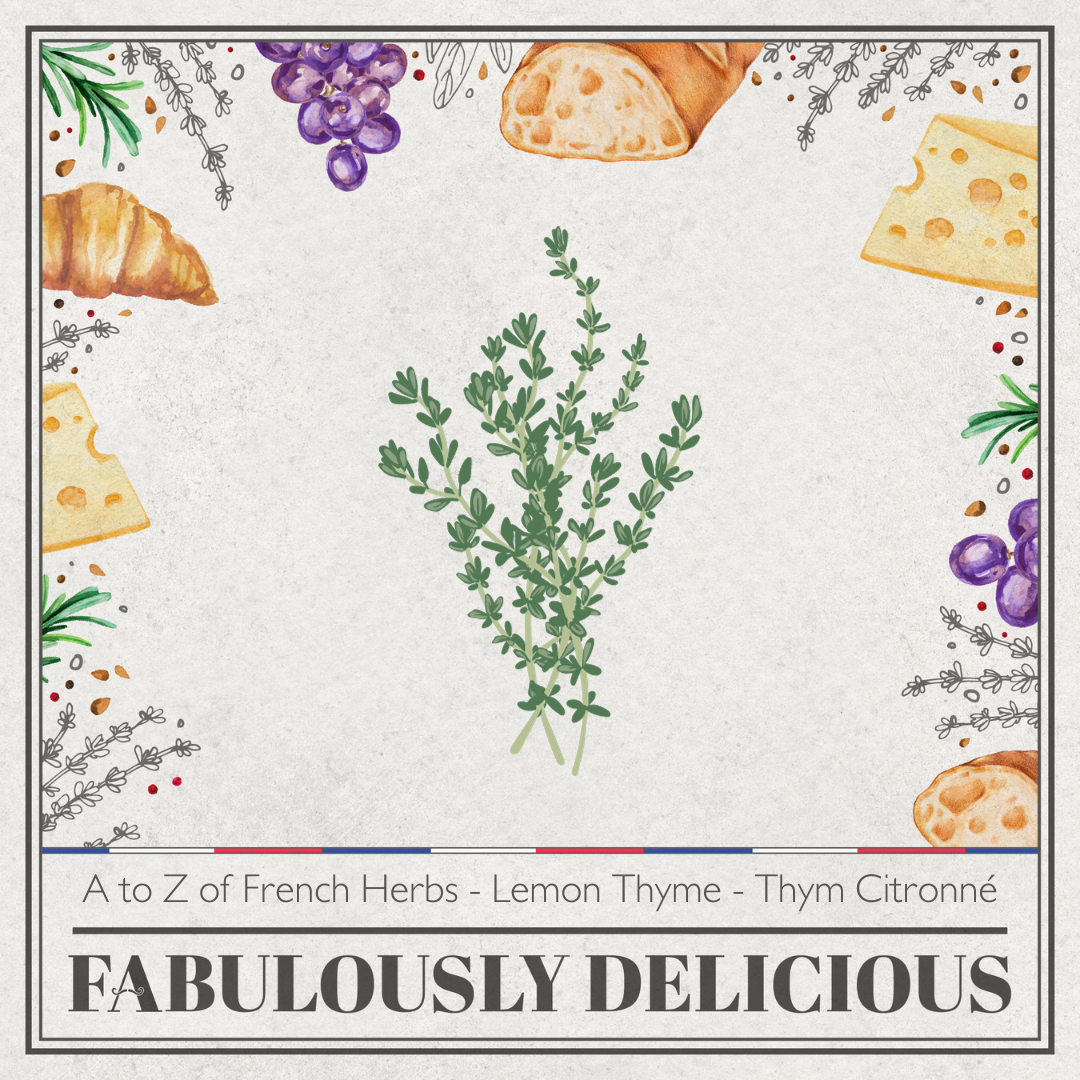
A to Z of French Herbs - Lemon Thyme - Thym Citronné
Lemon thyme, also known as "thym citronne” in French cuisine, is a prized aromatic herb used for its unique and refreshing flavor. The narrow, green leaves of this plant emit a subtle scent of lemon and thyme, making it an essential ingredient in many French recipes.
Lemon Thyme or citrus thyme as it is also known, is pronounced thym citronné in French.
Its botanical name is Thymus Citriodorus and is part of the Lamiaceae family of plants. As the name suggests its leaves have a strong lemon scent and flavor to it.
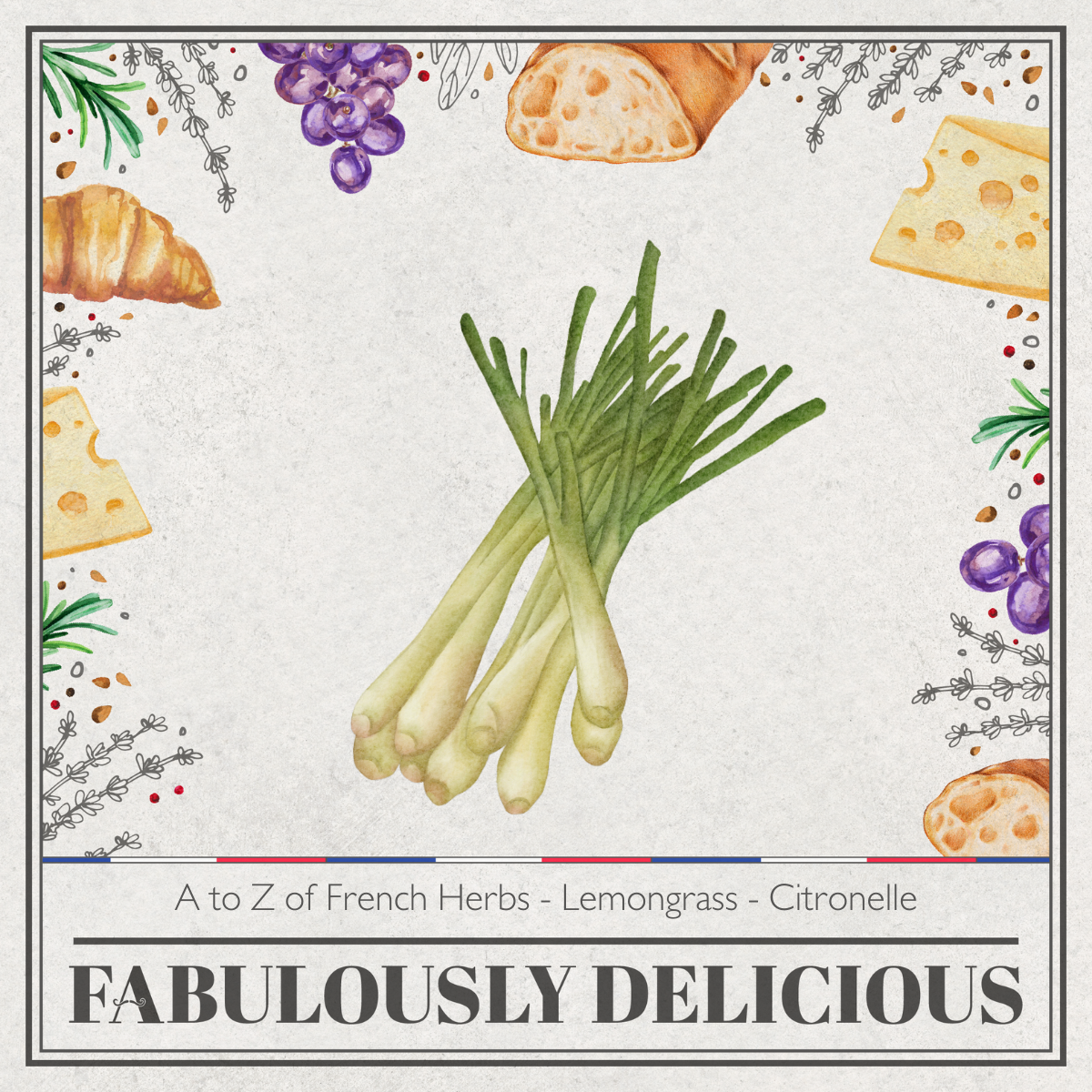
A to Z of French Herbs - Lemongrass - Citronnelle
In French cuisine, lemongrass can add an exotic and fragrant touch to many dishes. This aromatic herb, originating from Southeast Asia, is used sparingly to impart a subtle yet distinctive flavor creating a delightful fusion of French and Asian flavors.
Lemongrass is known botanically as Cymbopogon. Other names for lemongrass include barbed wire grass, silky heads, cochin grass, Malabar grass, oily heads, citronella grass, sera, and fever grass.
Its botanical name Cymbopogon comes from the Greek words Kymbe meaning boat and pogon meaning beard. Lemongrass is part of the Poaceae or grass family.
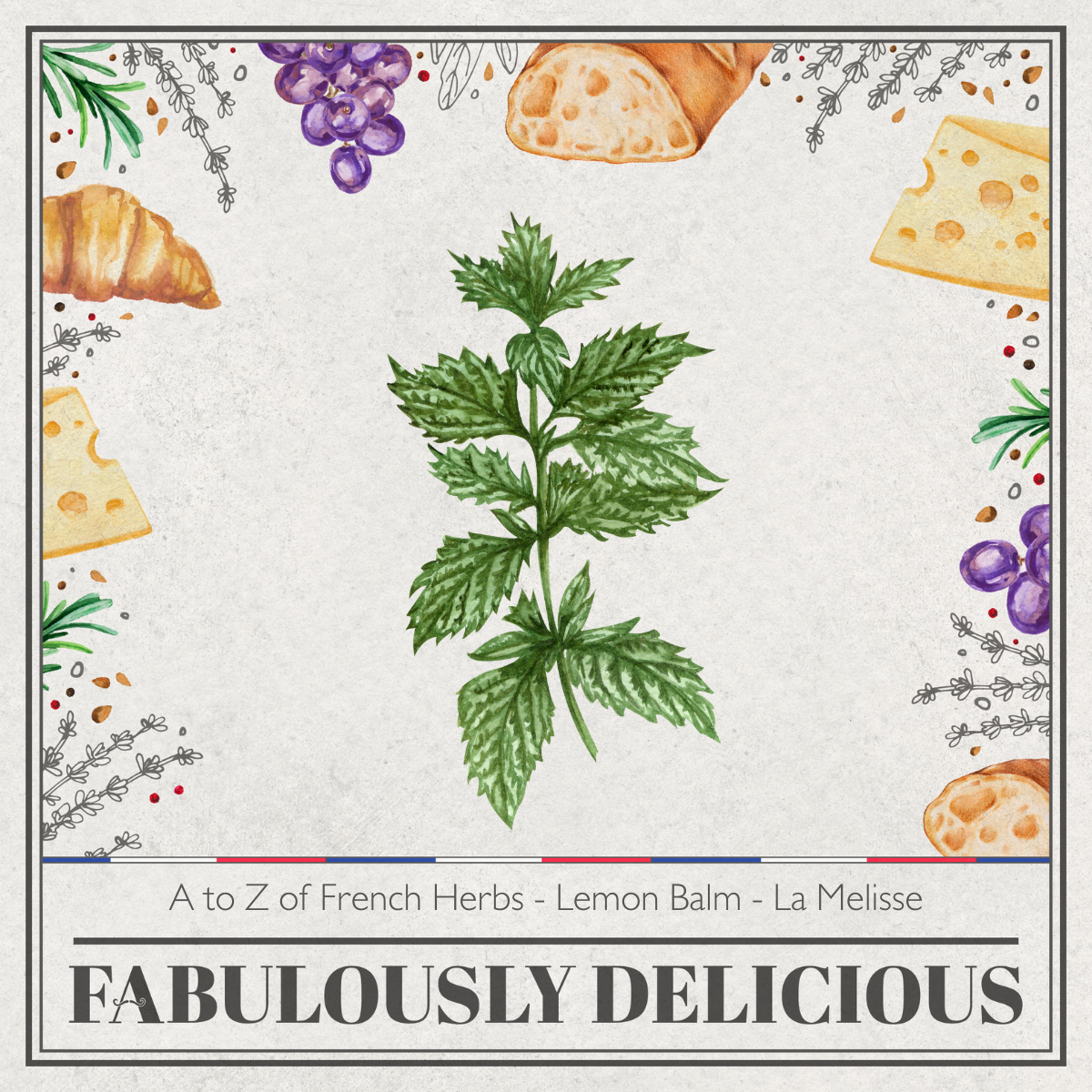
A to Z of French Herbs - Lemon Balm - La Mélisse
Have you heard of Chartreuse, Benedictine, Carmelite or Eau des Carmes as it’s also called? These lesser-known liqueur all have a prominent ingredient. It's often enjoyed as a digestive or apéritif and is made using a recipe that has historical ties to the Carmelite monks. All three of these liquors have something in common. Do you know what that is?
Lemon Balm in French is pronounced Mélisse and is a perennial herbaceous plant part of the Lamiaceae or mint family. Its botanical name is Melissa Oficinalis. The officinalis comes from Latin and means of the shop. This comes from the use of the herb by apothecaries who sold herbal remedies.

Pillow Mist
I make my own pillow mist from the lavender plants we have growing in our garden every year.
Here is my recipe for pillow mist.
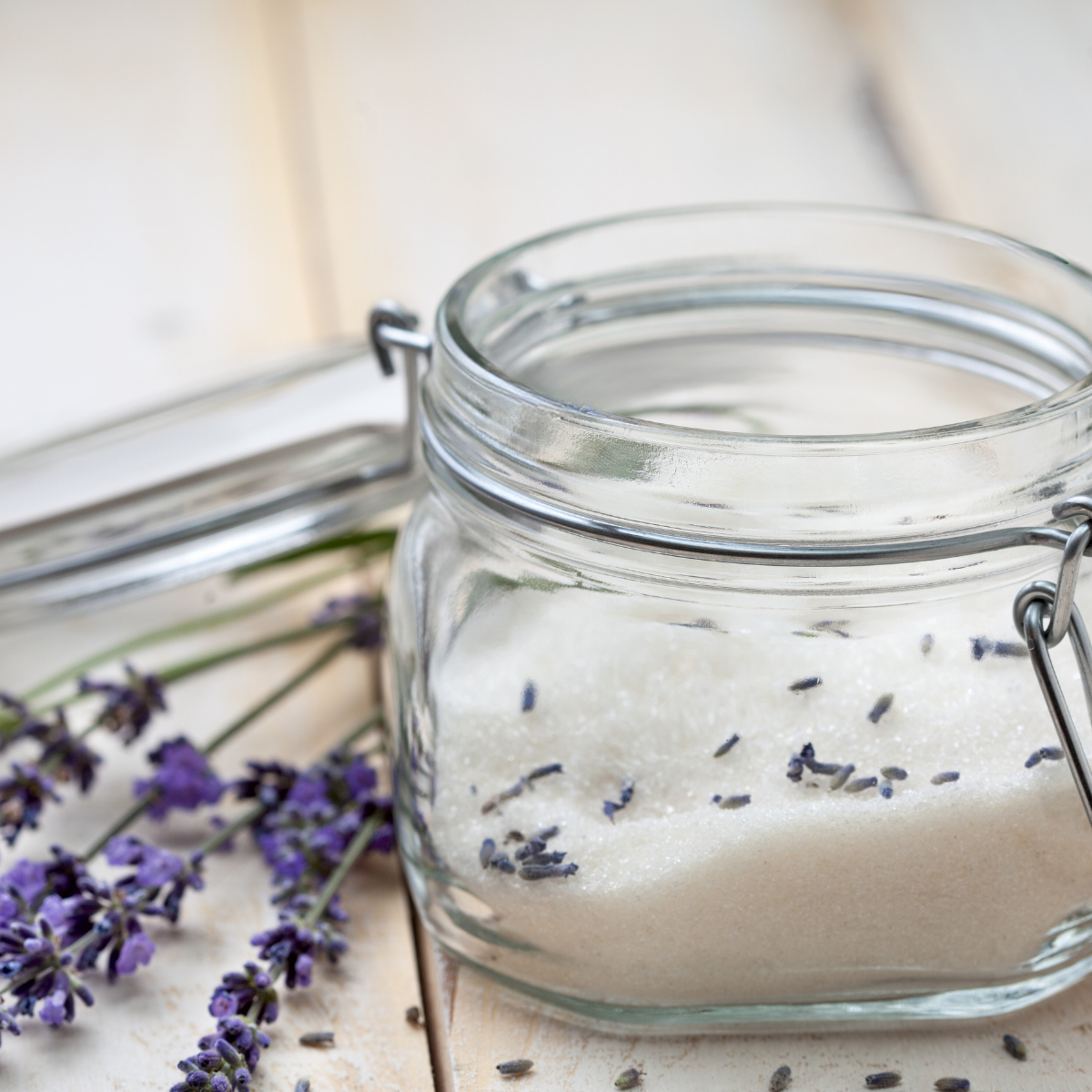
Lavender Sugar
French cuisine embraces lavender with it often being used to coat the outside of sheep and goat milk cheeses. In Provence, some places take lavender flowers and candied them to be used as decorations for pastries and cakes. A use I love is to make lavender sugar which is a great ingredient to place in the pantry.
My recipe for lavender sugar is below.
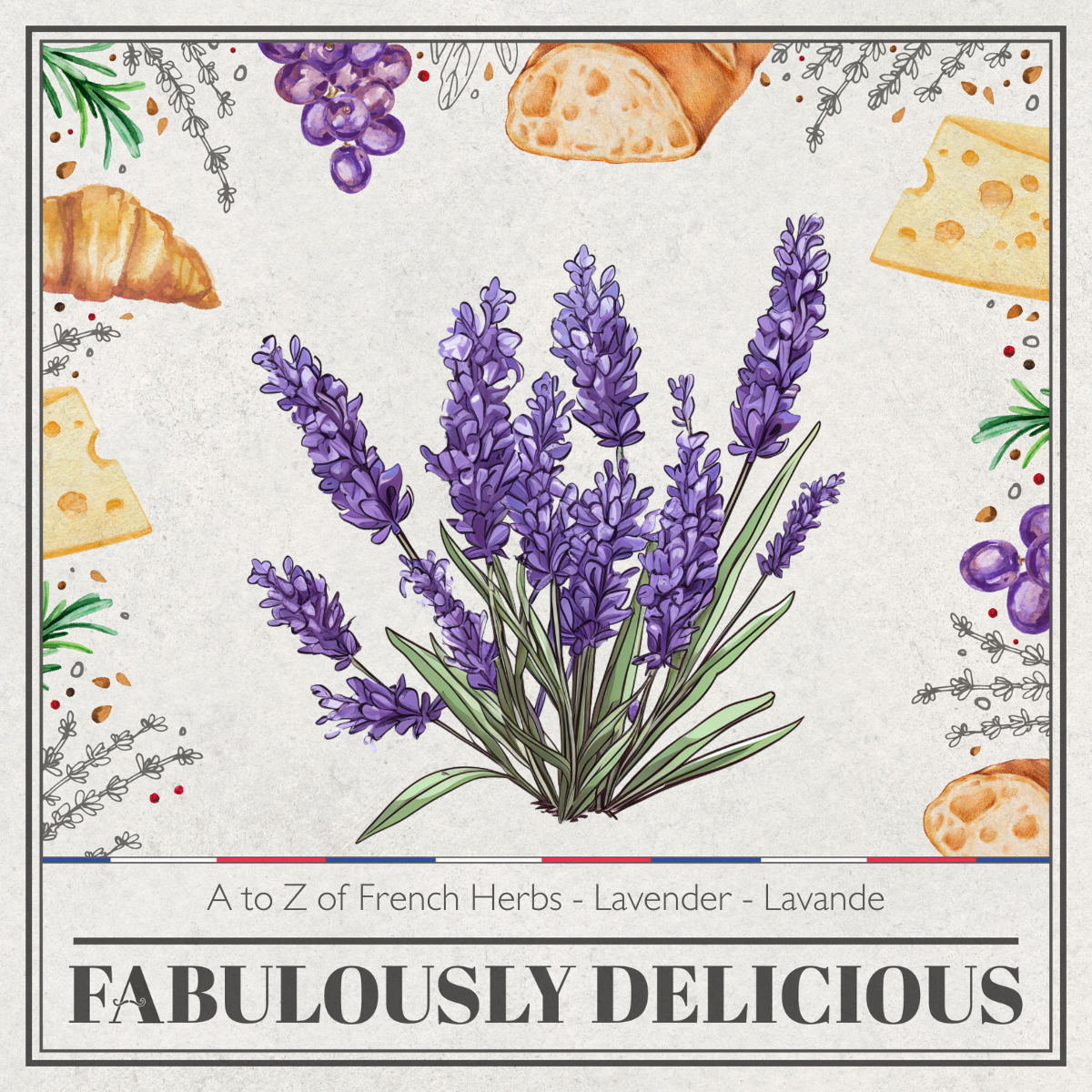
A to Z of French Herbs - Lavender - Lavande
Endless lavender fields stretching as far as the eye can see, quaint French villages, and the intoxicating scent of lavender wafting through the air. Ah, Provence! But did you know that this iconic region doesn't just captivate your senses with its stunning landscapes? Lavender also takes centre stage in the Provencal kitchen.
Lavender in French is pronounced Lavande and is part of the Lamiaceae family of plants which is also known as the mint family. There are actually 47 known species in the Lamiaceae family.
It’s native to Africa, Europe, and Asia as well as the Canary Islands. Although native in many regions in Australia especially the state of Victoria since 1920 some species of lavender are considered a noxious weed as it’s so invasive. Thus in Spain, this is the same situation with it being considered a weed in some parts of the country.
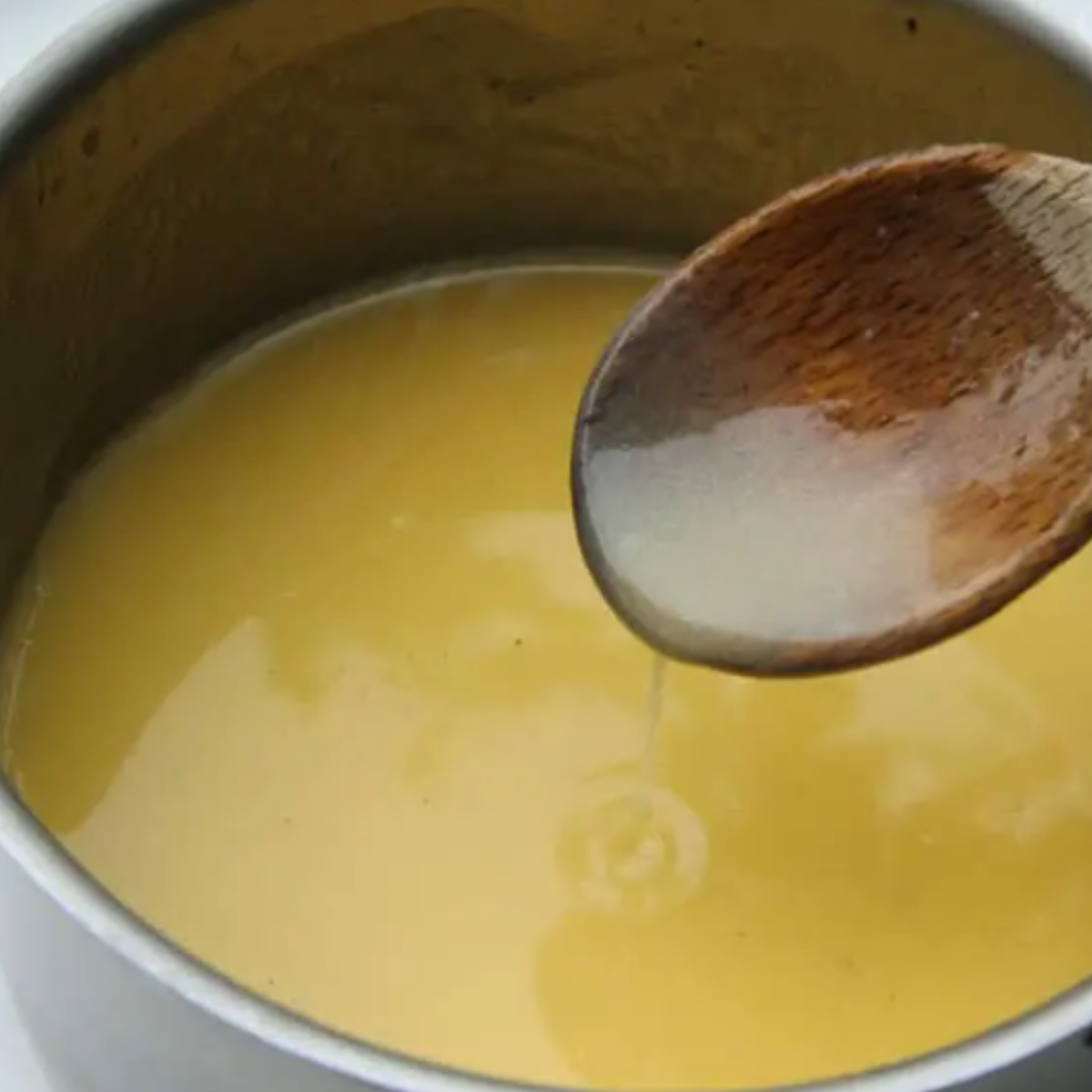
Beurre Blanc
In French cuisine, you can find juniper berries being used in many Alsatian dishes and in particular Choucroute garnie which is French for sauerkraut accompanied with meats. They are also often used in brines for white meats like chicken, turkey, and pork and wild games as well as wild boar.
You can also find Juniper Berries being used to flavor a beurre blanc sauce.
Here’s my recipe
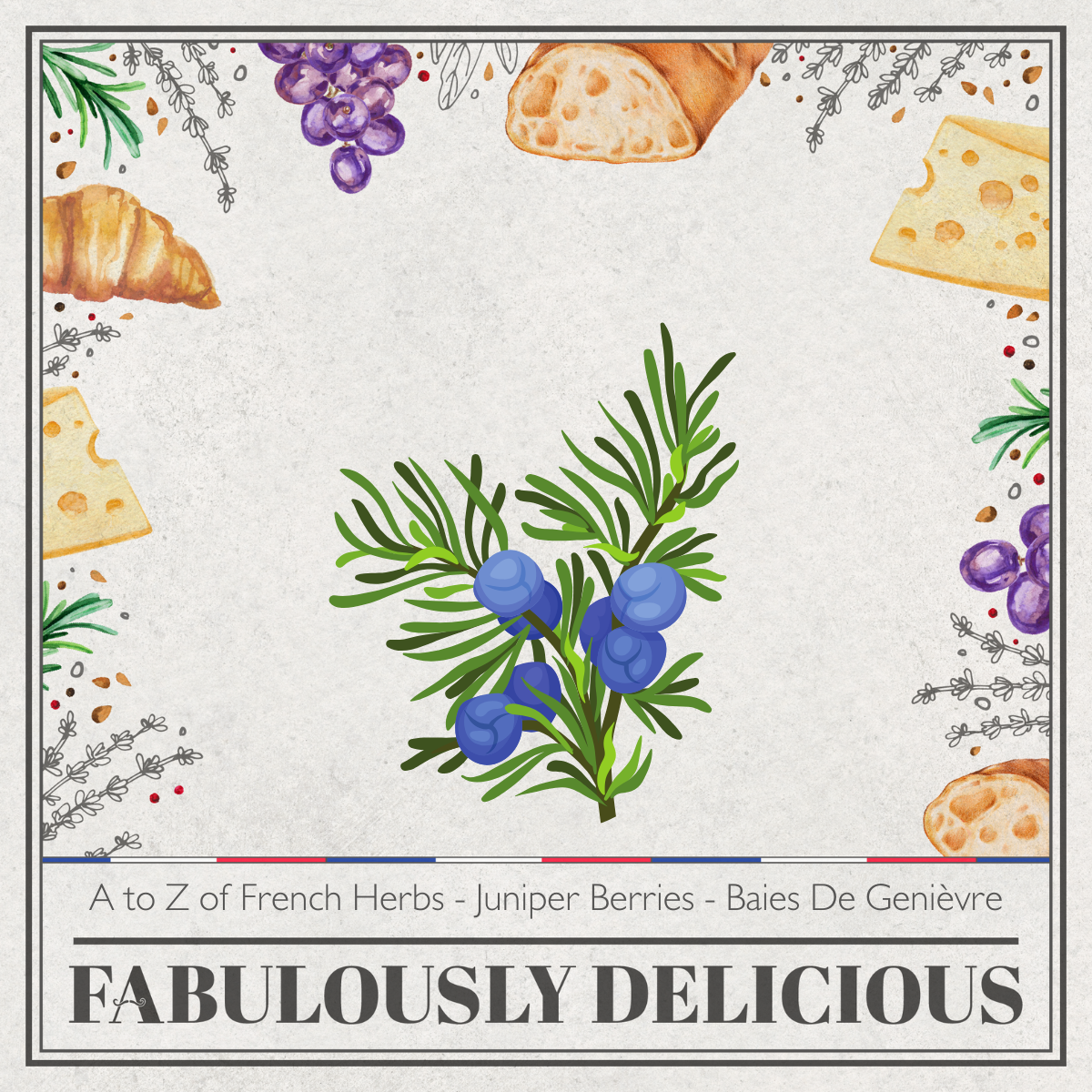
A to Z of French Herbs - Juniper Berries - Baies De Genièvre
In a country known for its wine, cheese, and baguettes, these little berries often play a stealthy role in some of the most iconic French dishes. From tantalizing sauces that make you go 'oh là là' to their secret flirtations with game meats, juniper berries have been spicing up French recipes for centuries.
Juniper Berries in French are pronounced baies de genièvre iIn French.
One of the things to note about Juniper Berries is that they aren’t actually a berry. They are the the female seed cone from the plant and by many would be considered a spice, not a herb but I’m adding them to this series anyway.

A to Z of French Herbs - Hyssop - Hysope
Hyssop in French is pronounced Hysope. Hyssops's botanical name is Hyssopus Officinalls and is part of the Lamiaceae family which includes mint. Other names for the herb include hiope, issop and lissop.
This evergreen herb is grown for its aromatic leaves and flowers. It has a light bitter taste and an aroma similar to mint and is used in flavouring food and drinks and also as a herbal remedy or medicinal plant.
Found native in Southern Europe, the Middle East and the region surrounding the Caspian Sea but it is also now found in North America.
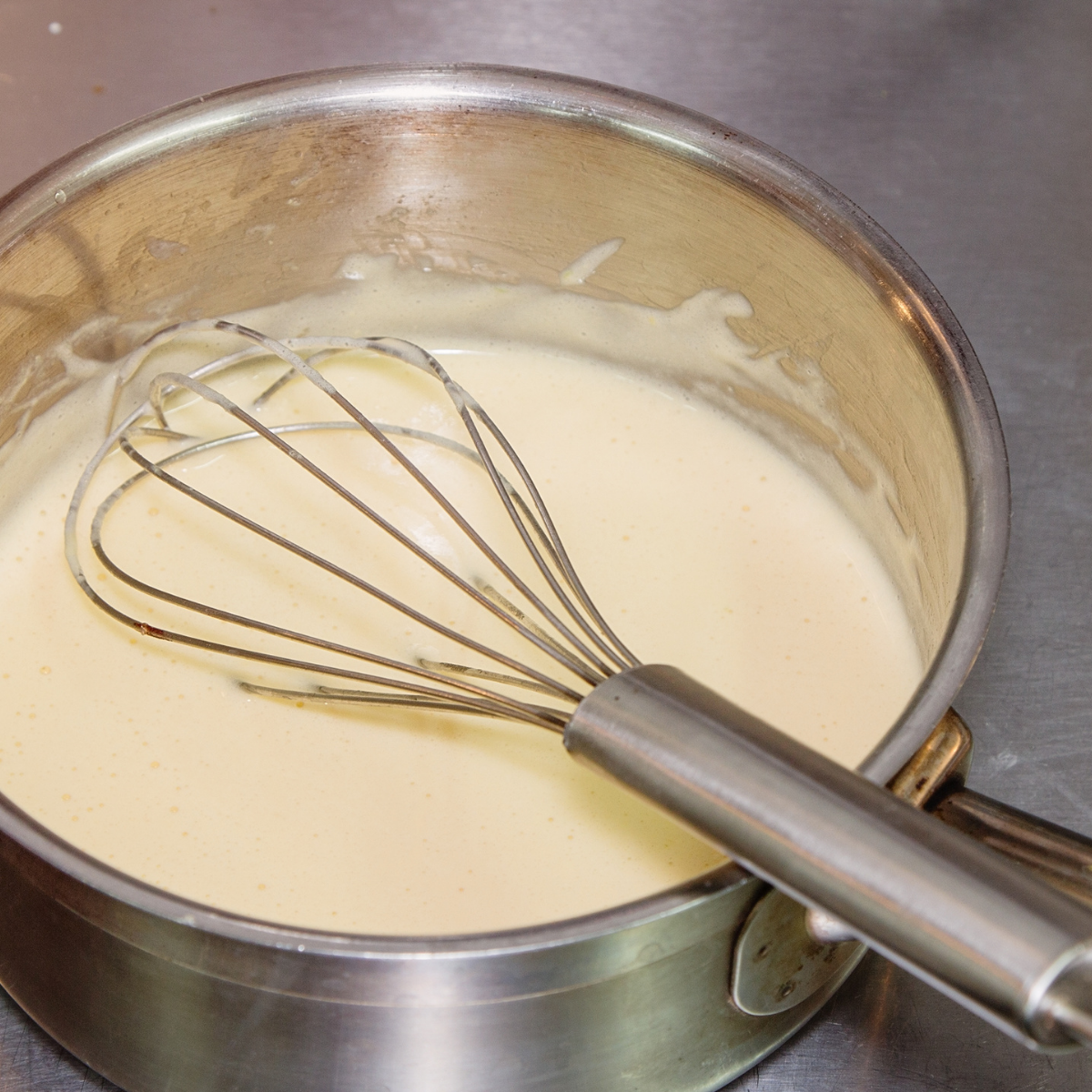
Sauce au Raifort
There’s nothing as simple or delicious as a Sauce au Raifort.
Here’s my recipe.
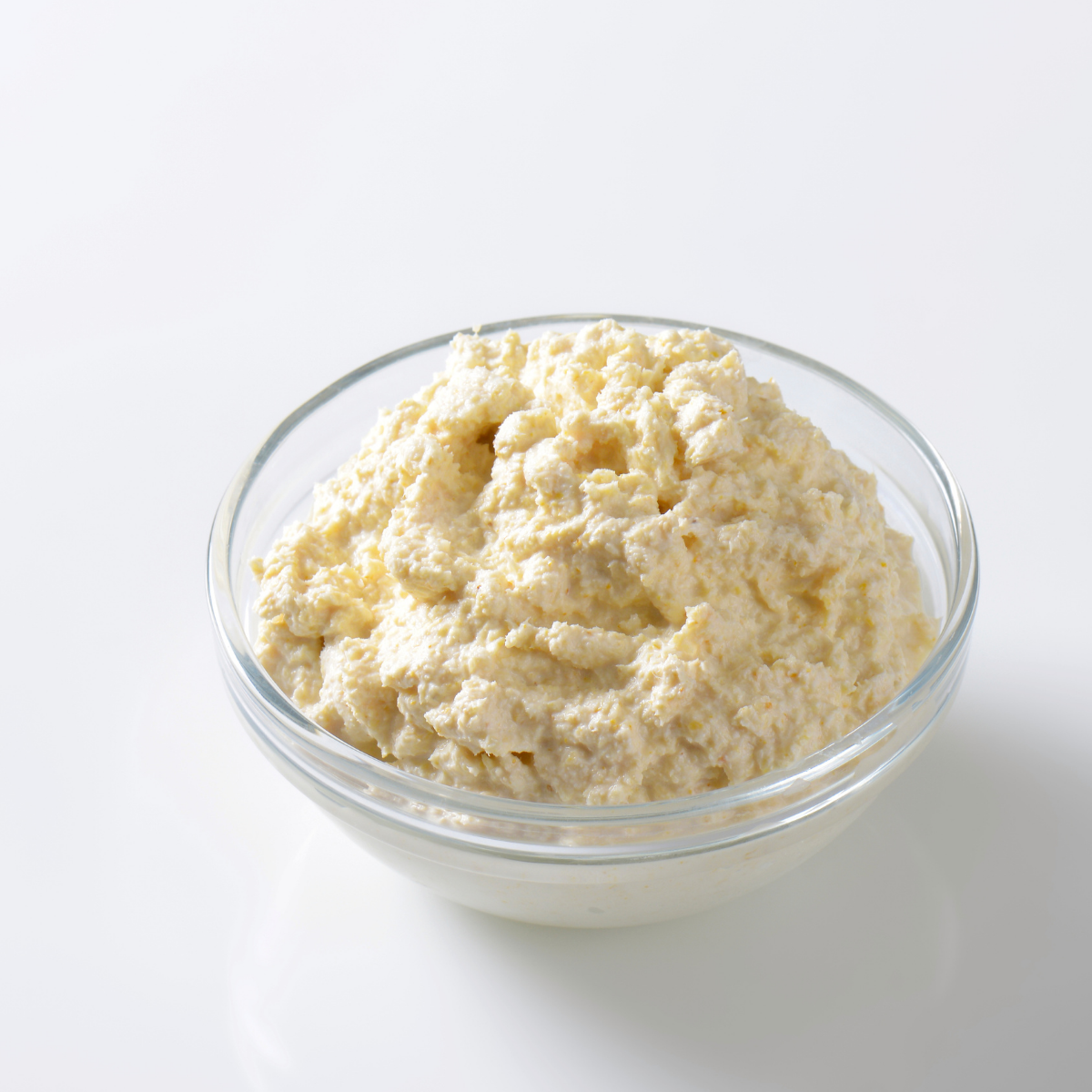
Horseradish Cream
If you happen to have some fresh horseradish then why not try my horseradish cream which is a great sauce or dip.
Here is my recipe

